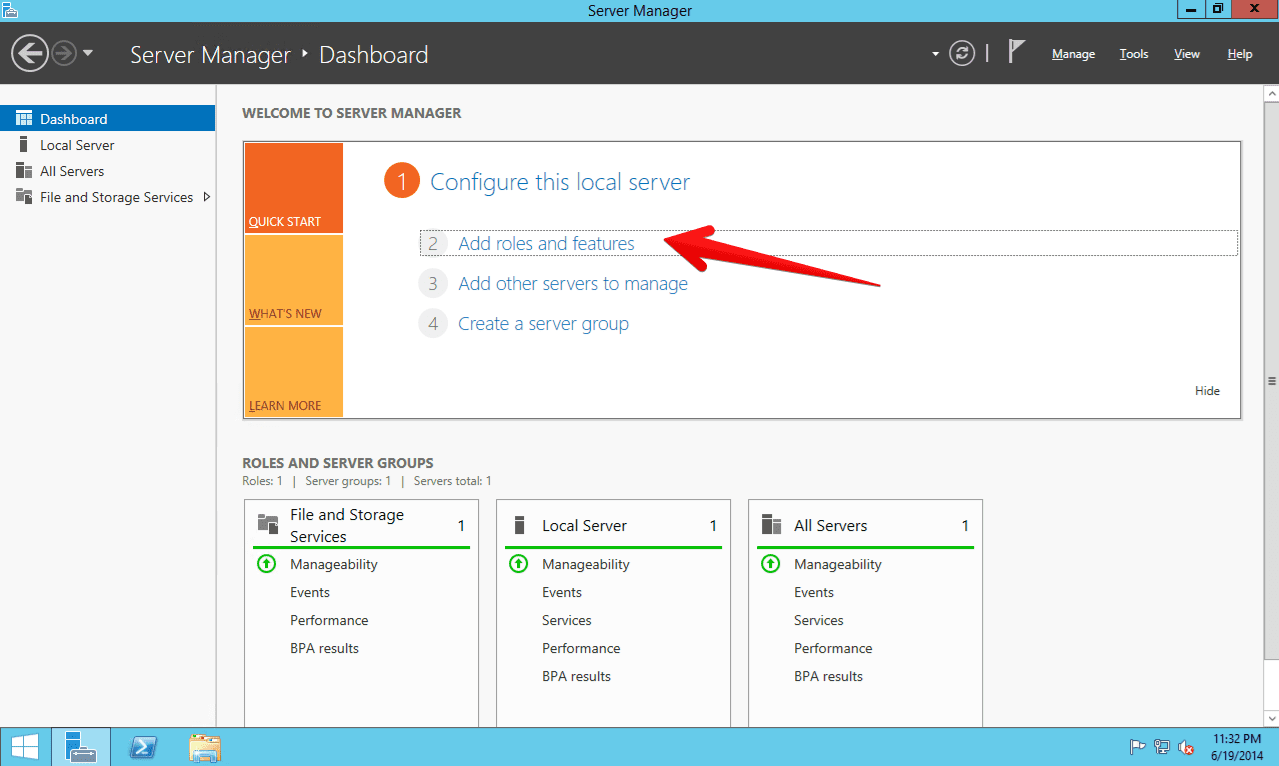

You’ll need an Active Directory domain and an account that has permission to install the server roles on your chosen server(s). For more info, see Managing Windows Server 2012 with Server Manager on the Petri IT Knowledgebase. Servers that you want to use in your RDS deployment need to be added to the Server Pool in Server Manager before you start the process below. RD Licensing is installed like any other server role, and you don’t need to use the special RDS deployment option in Server Manager. If you want to use your RDS deployment beyond the 120-day trial period, you’ll need to install the RD Licensing role, add your license, register the licensing server with Active Directory, and then add RD Licensing to your RDS environment. The Windows Internal database is installed as part of the process to support the RD Connection Broker role, as are some IIS components for RD Web Access, which provides access to RemoteApps or desktops from the Start menu or a web portal. The Quick Start deployment model is useful in testing scenarios or in small branch offices where only a single server is available. Standard deployment is the default deployment model, and while for the purposes of this demonstration I’ll install the three server roles on one server, that’s not best practice. I’ll use the standard deployment model, which allows the RD server roles to be distributed or installed on a single server. In Remote Desktop Services Deployment Options in Windows Server 2012 R2 on Petri, I walked you through the available deployment options, but in this article I’d like to show you how to use Server Manager to deploy RDS. In today’s Ask the Admin, I’ll show you how to install RDS in Windows Server 2012 R2.


 0 kommentar(er)
0 kommentar(er)
